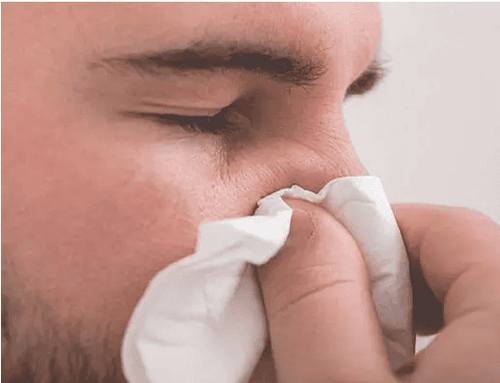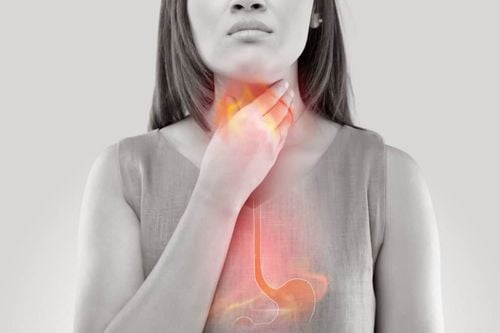This is an automatically translated article.
Articles written by MSc, BS. Nguyen Vinh Toan, Department of Interspecialty - Vinmec Times City International General Hospital
Laryngoscopy is a commonly used imaging method when patients have symptoms of cough, sore throat, foreign bodies... There are 3 forms of laryngoscopy: direct, indirect, hoses. So what is the endoscopy procedure like? Does it cause any complications? The following article will help you better understand this imaging method.
1. What is Laryngoscopy?
Laryngoscopy is an examination in which a doctor inserts a small device into your throat to assess your pharynx, larynx, and other related structures.
This method is usually indicated when you have some symptoms such as a cough or sore throat, in order to find or possibly remove foreign objects stuck in them or for biopsy purposes.
2. When is laryngoscopy needed?
When the doctor needs to more closely evaluate the throat-related abnormalities with symptoms such as sore throat, cough, hoarseness or bad breath; When you have a bone or a foreign body in your throat; When you find it hard to breathe; When you have an earache; In addition, doctors can also use endoscopy to examine and detect cancer early; Purpose click biopsy.

Bạn cảm thấy khó thở cần nội soi thanh quản để bác sĩ đánh giá kỹ hơn những bất thường liên quan đến họng
3. How many types of laryngoscopy are there?
Indirect laryngoscopy: This is the simplest type. Your doctor will use a small mirror and headlamp to look at your throat. This is a mirror with a long handle, like the one that dentists use, and places it in the back of the throat. The doctor will then shine a light through your mouth and look through this mirror. Such an examination can last from 5 to 10 minutes. You will be asked to sit in an examination chair. Your doctor may spray a little numbing medicine into your throat to limit the nausea reflex. Direct rigid laryngoscopy: This is the most commonly used method in ENT examination. The doctor will use the endoscope to pass through the mouth down the throat. The hard tube laryngoscopy procedure can take 10 to 15 minutes. Flexible laryngoscopy: When examining this method, the doctor will use a small endoscope passed through the nose and down the throat. Examination time is about 10 minutes. You'll be given a numbing spray into your nose, and sometimes a vasoconstrictor, to widen your nose. During this exam, you may also still have a nausea reflex.
4. Possible complications during laryngoscopy
Laryngoscopy rarely occurs complications, but there are certain risks. Some of the risks include:
Pain or swelling in the mouth, tongue or throat area; Bleeding from the nose or mouth; Hoarseness of voice; Nausea, vomiting; Infection. If you are prescribed an anesthetic or anesthetic, you may feel nauseous or drowsy afterward. You may feel dry mouth or sore throat. These are very common manifestations of anesthesia.
But what if, after completing the laryngoscopy, you still feel pain, have a fever, cough or vomit blood, have problems swallowing or breathing, or have chest pain. Then you need to see your doctor right away.

Trong quá trình soi thanh quản có nguy cơ bị chảy máu mũi
For accurate diagnosis results, you should go to reputable medical facilities with modern equipment for examination. Vinmec International General Hospital is a high-quality medical facility in Vietnam with a team of highly qualified medical professionals, well-trained, domestic and foreign, and experienced.
A system of modern and advanced medical equipment, possessing many of the best machines in the world, helping to detect many difficult and dangerous diseases in a short time, supporting the diagnosis and treatment of doctors the most effective. The hospital space is designed according to 5-star hotel standards, giving patients comfort, friendliness and peace of mind.
Please dial HOTLINE for more information or register for an appointment HERE. Download MyVinmec app to make appointments faster and to manage your bookings easily.













